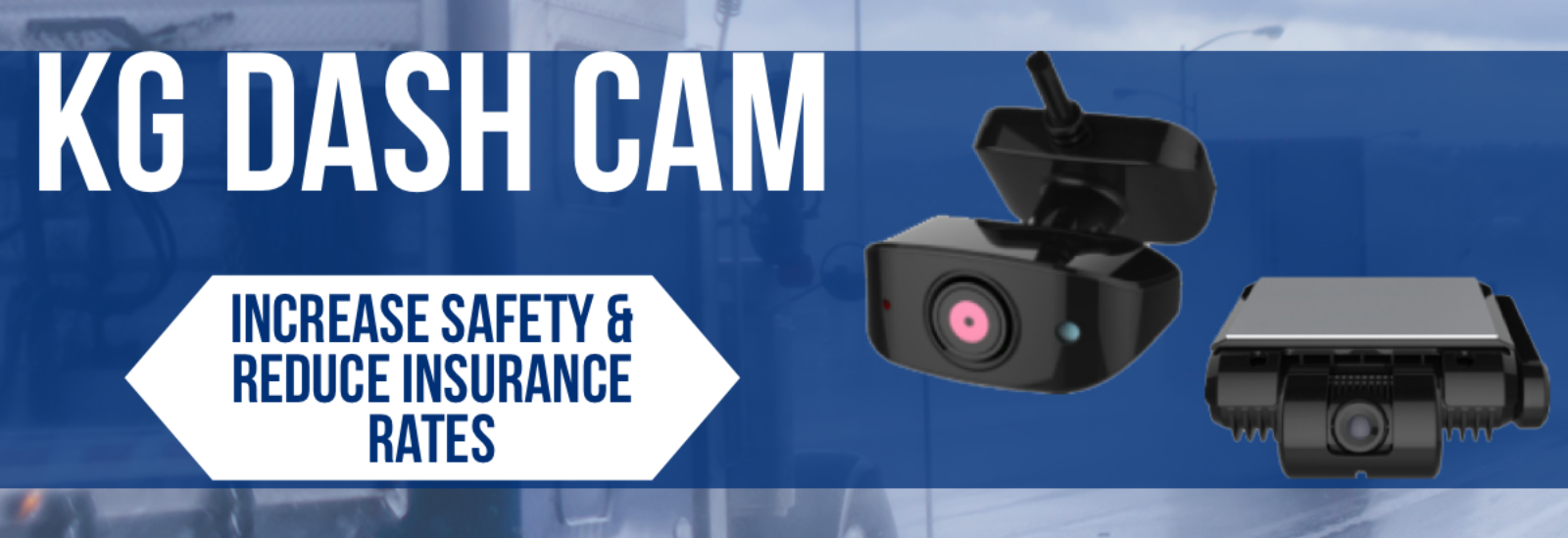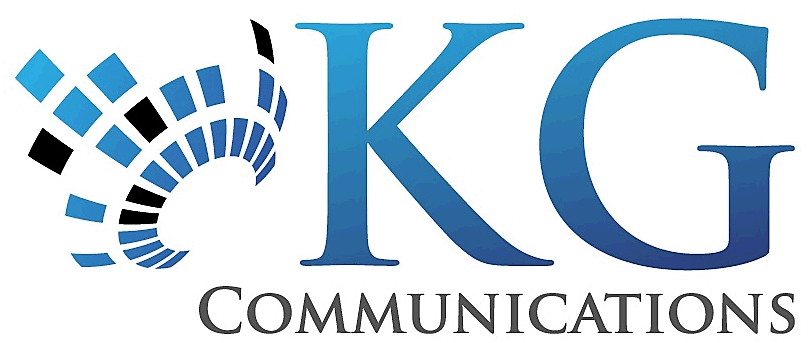With the passing of Nextel into history, the last bastion of business Push-To-Talk has rapidly faded in its meaning to business people. Smartphones and tablets have become the vision for business as it pertains to wireless business mobility. These days, when you say “PTT” or “Push-To-Talk” or in an AT&T mode, “ePTT”, the client reaction is rarely one of excitement. Each form of the PTT expression has an archaic connotation or one of non-recognition.
It is time to reframe or reposition this very powerful tool of business into today’s awareness and into a new light that yet represents what it is: Instant Voice Communication. IVC. The advantages of our product for business is clear to us, but much less so to many business people of today. Only the Old Guard, who used and understood Push-To-Talk with Motorola, Kenwood or Uniden, can truly envision what it means to business. So, it behooves us to position the reality of the function within current thinking, experience and awareness.
Look anew at what our Kodiak-based system contains and can do: Press – and talk. You already know that the person you are calling is available; and everyone else does, too. No letting this call go to voice mail. No: dial, ring, ring, then ring starts at the other end, ring, ring, [person at other end deciding whether or not to answer], then voice mail. Because our ePTT technology is so aware and so instant and has such high quality audio, it really is new in many ways. The power to call many people at once, instantly, which is so much easier than organizing a telephone conference call, truly is amazing. As you contemplate all of the ways our ePTT improves business peoples’ ability to move business along more instantly, the word “Instant” becomes larger.
Since the first day in the late ‘80s when Voice Mail was introduced into the business vernacular, we have been finding new technological ways to communicate – each with the now unfulfilled promise of better and faster communication. Adding to the electronic methods of non-verbal communication channels were paging: first with beepers, then numeric pagers, then alpha-numeric – but all were one-way methods of hoping for a call back. Then came cell phones, which were a great boon to business people and families, no doubt. But we applied Voice Mail to them, and then text messaging, which is paging again. Then came the explosion of email and its inclusion into the cell phone framework. The net result of all these electronic communication technologies has not always been faster communication. It has been the increased prevention of fast communication. Voice mail, email, paging, text, etc all have the same problem – they insulate the recipient from the sender. Communication is actually delayed, sometimes distorted by the 140 character limit, the lack of duplex conversation inherent in voice mail and the fact that the sender doesn’t know for sure when or if that message will be picked up or heard.
Text and email fall short of complete communication. Many times meaning, inflection and completeness are missed. Voice communication in full duplex remains the fastest and most complete, and therefore, most efficient means of communications for business. The words, “Voice” and “Communication” become larger.
Thus, we provide Instant Voice Communication. We solve a technologically-induced business problem with much more intelligently applied technology. IVC. It is the best for business.


